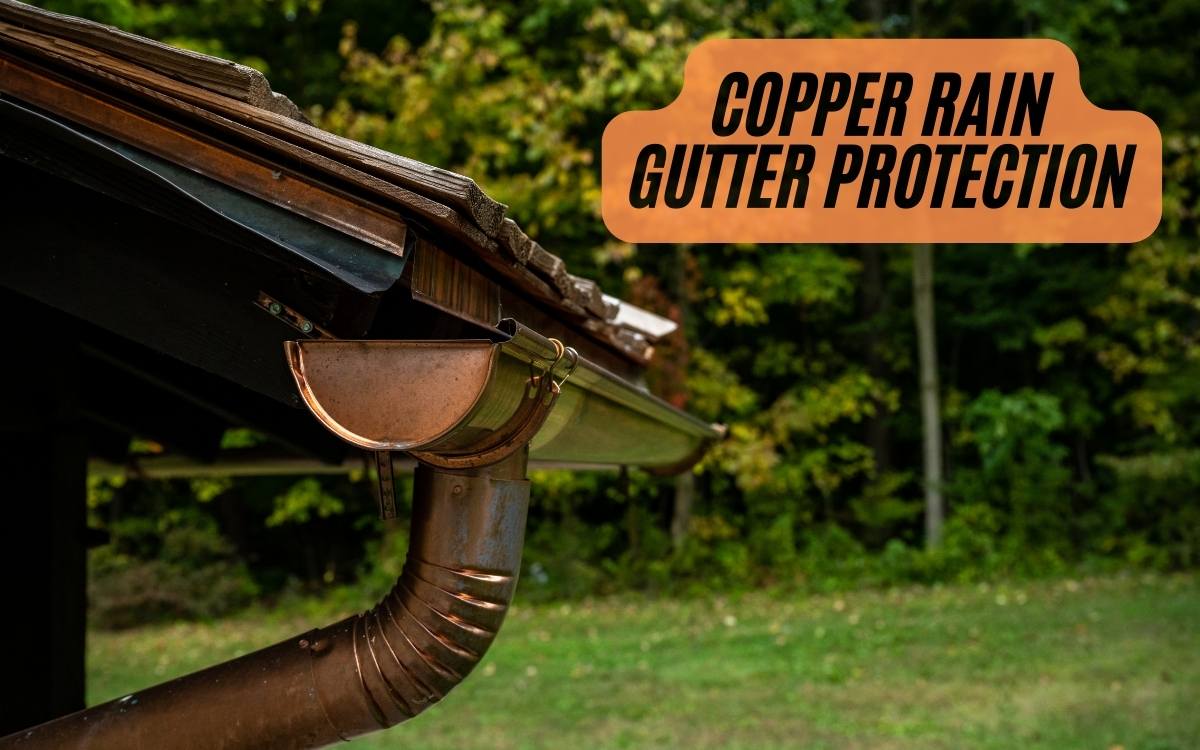WALLS OF WONDER: Transform Your Landscape
You're about to unleash the full potential of your outdoor space by harnessing the power of retaining walls, which can transform a sloping yard into a functional and beautiful area perfect for relaxation, entertainment, or recreation. Retaining walls hold back shifty soil, prevent erosion and water runoff, and create a flat surface for patios, gardens, or walkways. With various materials to choose from, such as concrete, wood, and gabion walls, you can achieve a unique and sturdy design that adds sophistication to your landscape. Now, get ready to discover the possibilities that await, and uncover the secrets to creating your own walls of wonder.
Understanding Retaining Walls
As you gaze out at your backyard, you may notice a gradual slope that's preventing you from fully utilizing your outdoor space.
This is where a retaining wall comes in – a landscape design structure that holds or retains soil behind it. Retaining walls serve both functional and aesthetic purposes, and the Soil Science Society of America defines four basic types: Gravity Wall, Piling Wall, Cantilever Wall, and Anchored Wall.
You can even create a DIY retaining wall, but be sure to check local building codes before starting your project.
With a retaining wall, you can tap the full potential of your outdoor space, creating a functional and beautiful area that's perfect for relaxation or entertainment.
When to Build a Retaining Wall
Building a retaining wall can be a game-changer for homeowners struggling with sloping yards.
You've probably noticed how a slope can limit your outdoor space, making it difficult to create functional areas for patios, gardens, or even just a simple walkway.
If you're experiencing soil erosion, water runoff, or foundation damage due to a sloping yard, it's time to weigh the pros and cons of building a retaining wall.
This structure won't only hold back shifty soil but also create a flat, functional surface for you to enjoy.
Constructing a Retaining Wall
Now that you've decided to build a retaining wall, it's time to get started on the construction process.
Before you begin, consider hiring a landscaping company if your yard has a sharp slope. Otherwise, choose a durable material that suits your wall's purpose.
The Oregon State University Extension Service offers valuable tips for building long-lasting retaining walls. For walls over four feet tall, use geogrid fabric to provide additional support.
Make sure to build the wall on heavily compacted soil to prevent shifting or sinking. By following these guidelines, you'll be well on your way to constructing a sturdy and functional retaining wall that transforms your landscape.
Choosing the Right Materials
With your retaining wall's purpose and design in mind, selecting the right materials is crucial to guarantee its structural integrity and aesthetic appeal.
You'll want to ponder factors like durability, maintenance, and cost when choosing the perfect material for your project. For instance, concrete retaining walls are strong and long-lasting, but may require more maintenance than other options.
On the other hand, gabion walls are a unique and eco-friendly choice, but may not be suitable for high-traffic areas.
Wooden Retaining Wall Options
Explore the charm of wooden retaining walls, which can add a rustic touch to your landscape design.
You can build them using treated timber for a natural look that blends with your outdoor space. To guarantee they last longer, line the timber retaining wall with a gravel aggregate or plastic moisture barrier.
Waterproofing the wall will keep it strong against pressure and prevent rot and fungus. Keep in mind that wooden walls may not be well-suited for runoff prevention purposes.
Wood can rot when it stays wet for too long, causing the material to crumble. However, with proper maintenance, a wooden retaining wall can be a cost-effective and aesthetically pleasing option for your yard.
Gabion Wall Design Inspiration
Explore into the world of gabion walls, a unique and sturdy retaining wall option that adds a touch of sophistication to your outdoor space.
You'll love how these structures bring a touch of industrial chic to your landscape. Gabion walls consist of wire containers filled with stone, concrete, or rocks, creating a strong structure that's both functional and aesthetically pleasing.
You can choose from stainless steel or galvanized steel gabions for a modern or low-maintenance look. With gabion walls, you can create a beautiful, functional space that's perfect for gardens, patios, or driveways.
Plus, they're incredibly durable, making them a great investment for your outdoor space.
Railway Tie Retaining Walls
If you're looking for a more rustic and budget-friendly option for your retaining wall, railway ties might be the perfect choice.
They're an inexpensive way to create a beautiful, natural-looking wall that blends seamlessly into your landscape. Before using them, professionals inspect and treat the ties with preservatives to extend their lifespan.
You can stack the planks horizontally and stake them in place with rebar or steel spikes to create a sturdy structure. Railway tie retaining walls are engineered to perform under heavy load conditions, making them a great option for yard landscaping.
With proper installation and maintenance, these walls can last for years to come, providing a beautiful and functional solution for your outdoor space.
Creative Retaining Wall Designs
Beyond their functional purposes, retaining walls can be a stunning visual element in your landscape design.
You can release your creativity with unique materials, shapes, and textures to transform your outdoor space. Consider tiered walls that cut into a hill or slope, creating different levels of flat ground and adding dimension to your landscape.
Alternatively, incorporate a vertical garden wall that not only adds a decorative touch but also provides additional green space. Don't be afraid to experiment with unconventional materials like gabion walls or railway ties to create a one-of-a-kind look.
With a little imagination, your retaining wall can become a breathtaking focal point that elevates your entire landscape.
Frequently Asked Questions
Can I Build a Retaining Wall on a Steep Slope?
You can build a retaining wall on a steep slope, but it's vital to hire a landscaping company if the yard declines one foot for every three feet of distance, ensuring a sturdy structure that withstands soil pressure and erosion.
How Do I Maintain My Retaining Wall Over Time?
You'll want to regularly inspect your retaining wall for signs of damage, erosion, or wear, and perform repairs promptly to prevent further deterioration; also, keep the wall clean, and guarantee proper drainage to extend its lifespan.
Can I Use Recycled Materials for My Retaining Wall?
You can definitely use recycled materials for your retaining wall, like reclaimed wood, recycled concrete, or repurposed railway ties, which not only reduce waste but also add a unique touch to your landscaping project.
Are There Any Specific Building Codes for Retaining Walls?
You'll need to check local building codes before starting your retaining wall project, as regulations vary by area and may require permits, inspections, or specific materials and designs to guarantee safety and stability.
How Long Does It Take to Construct a Retaining Wall?
You're wondering how long it takes to construct a retaining wall. The answer depends on the wall's size, material, and complexity, but on average, a DIYer can build a small wall in a few days, while a professional might take a week or more for a larger project.



